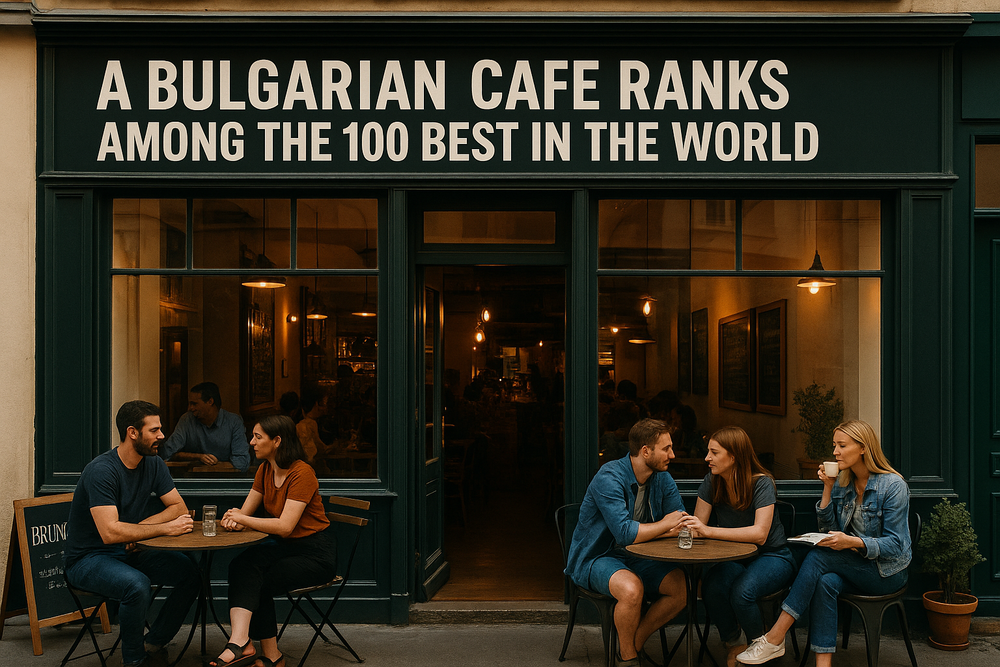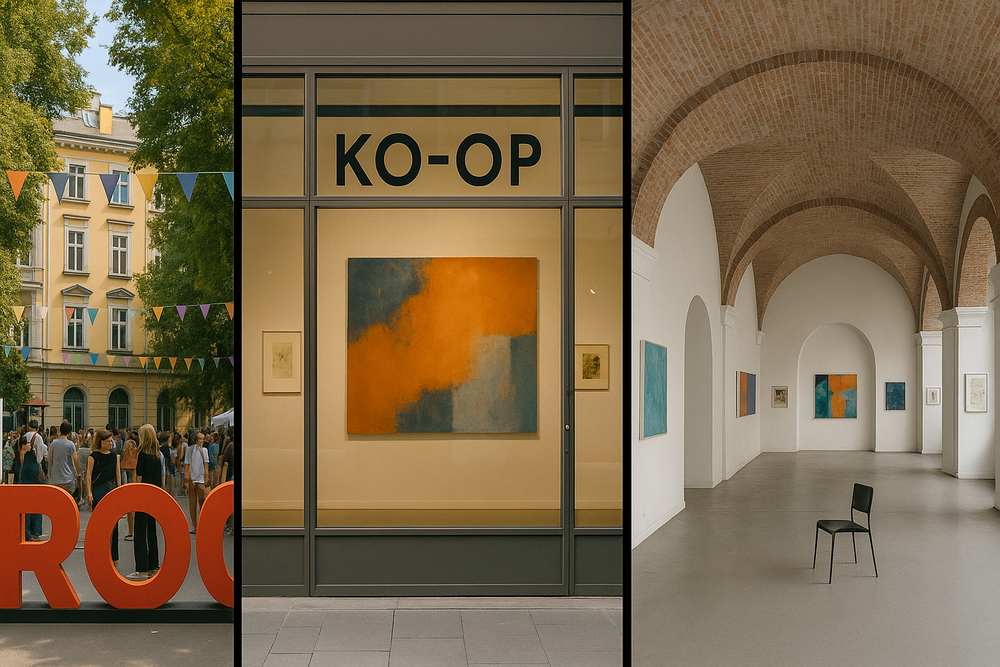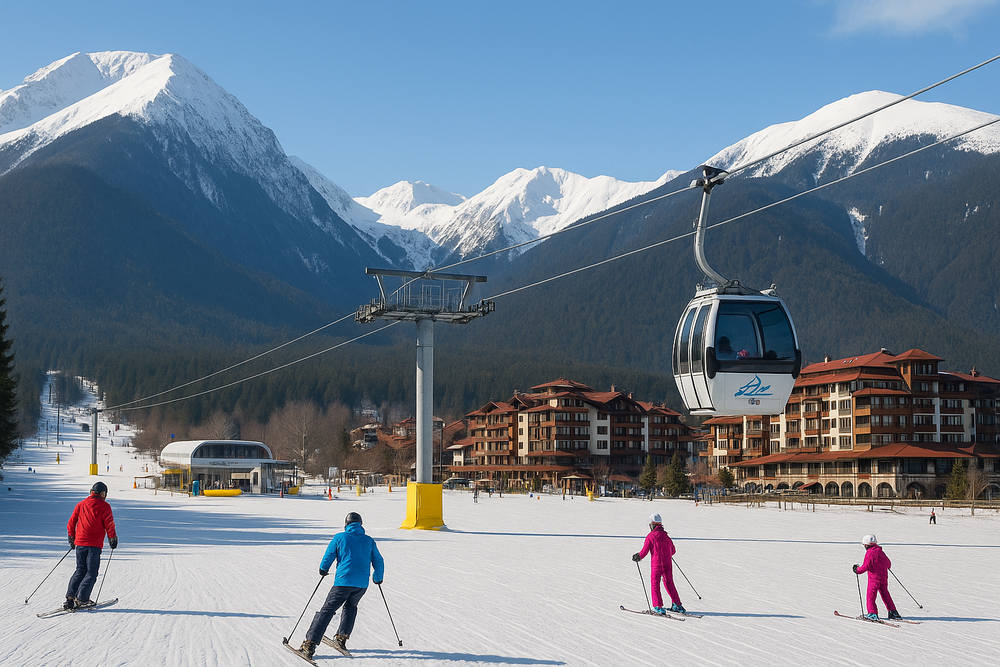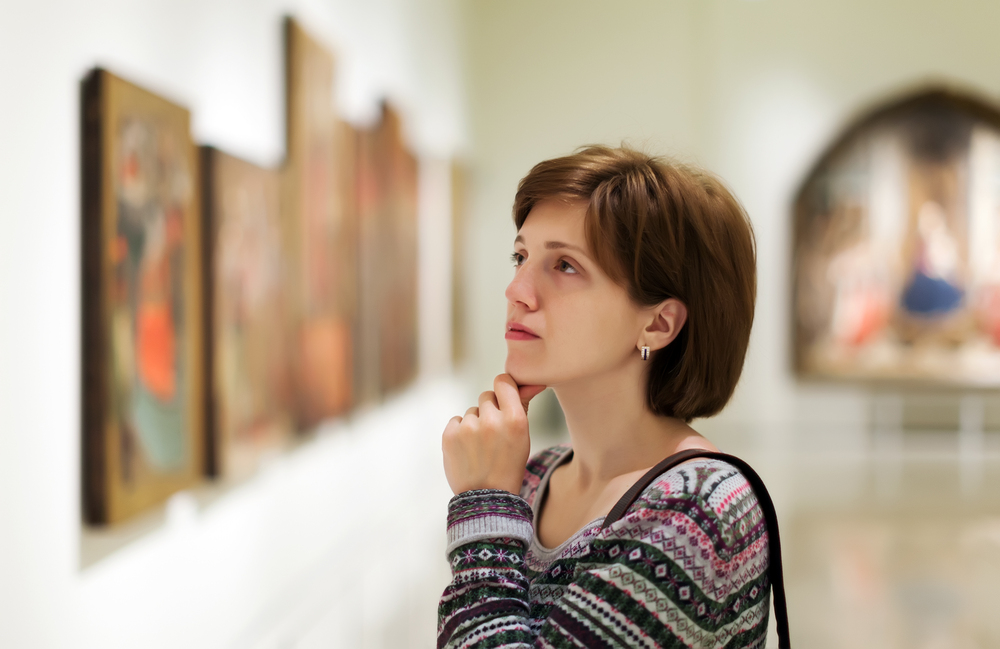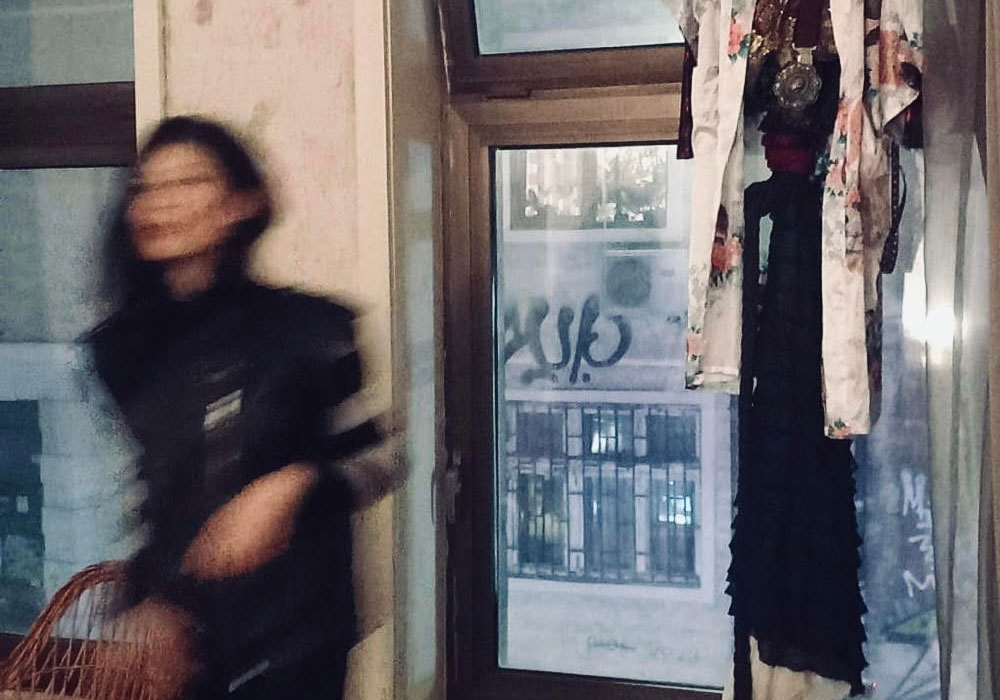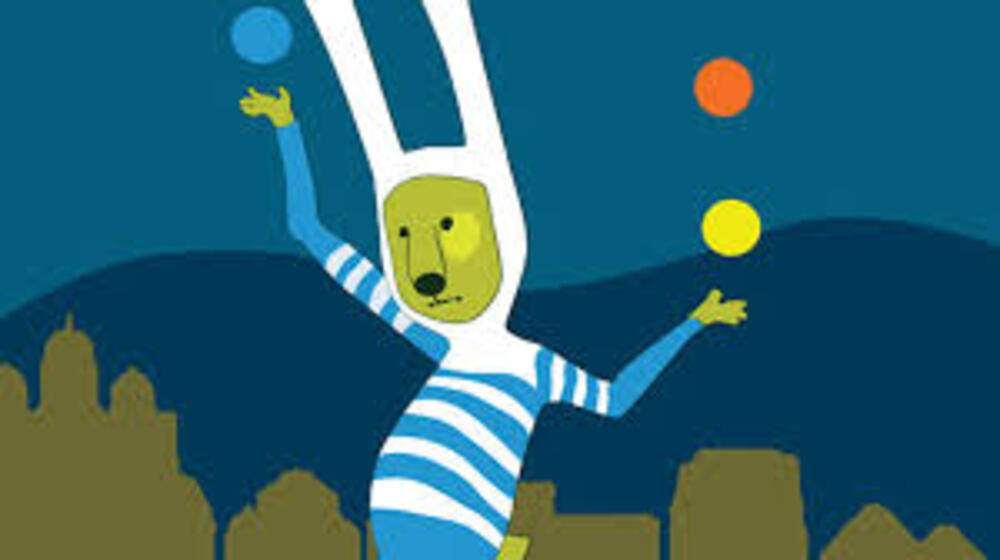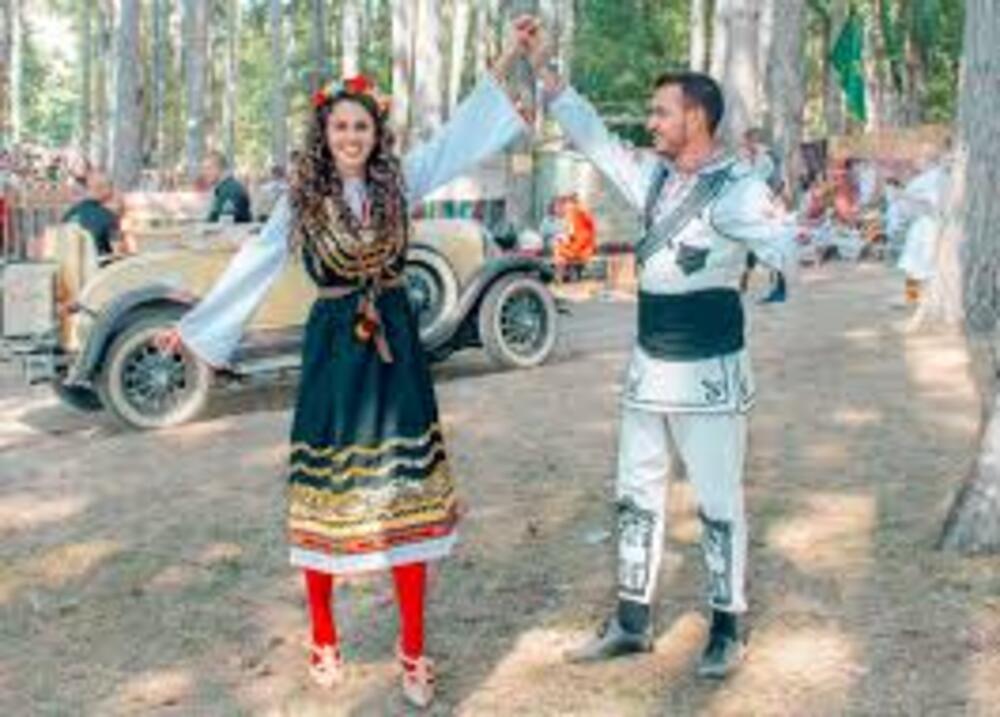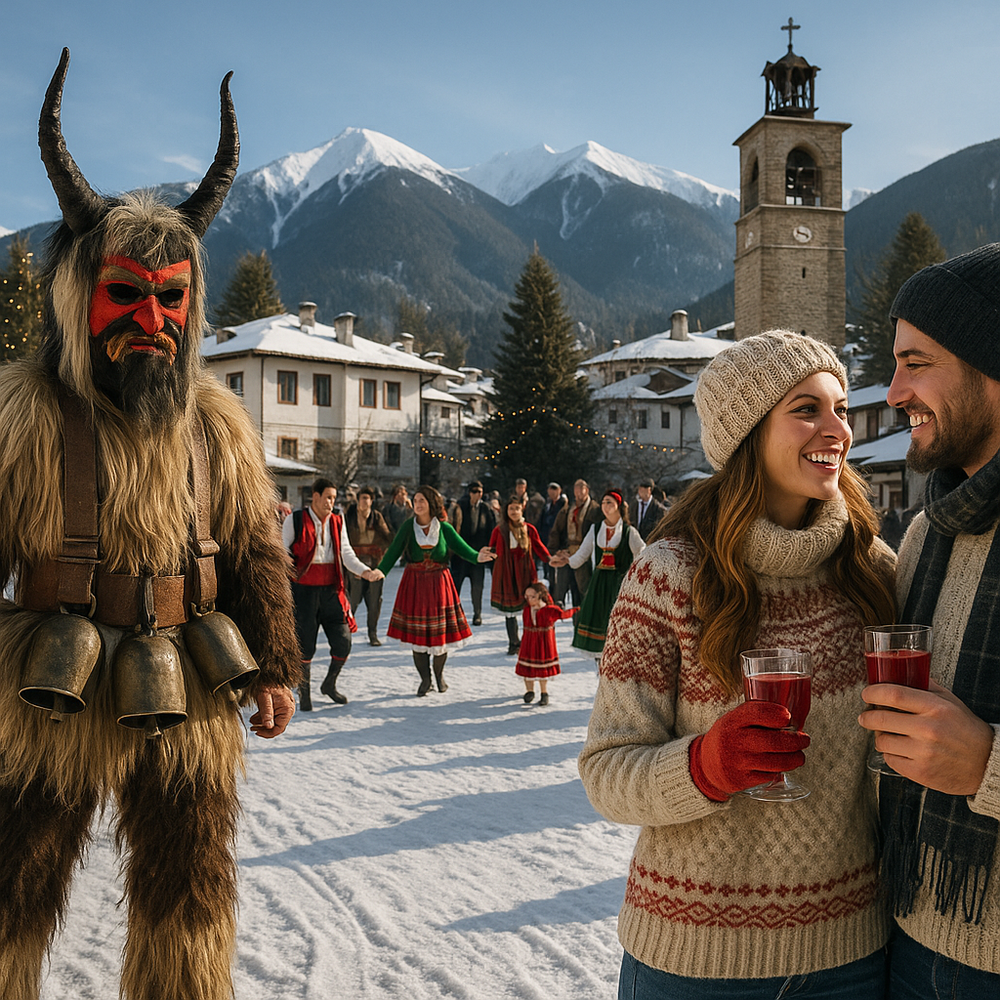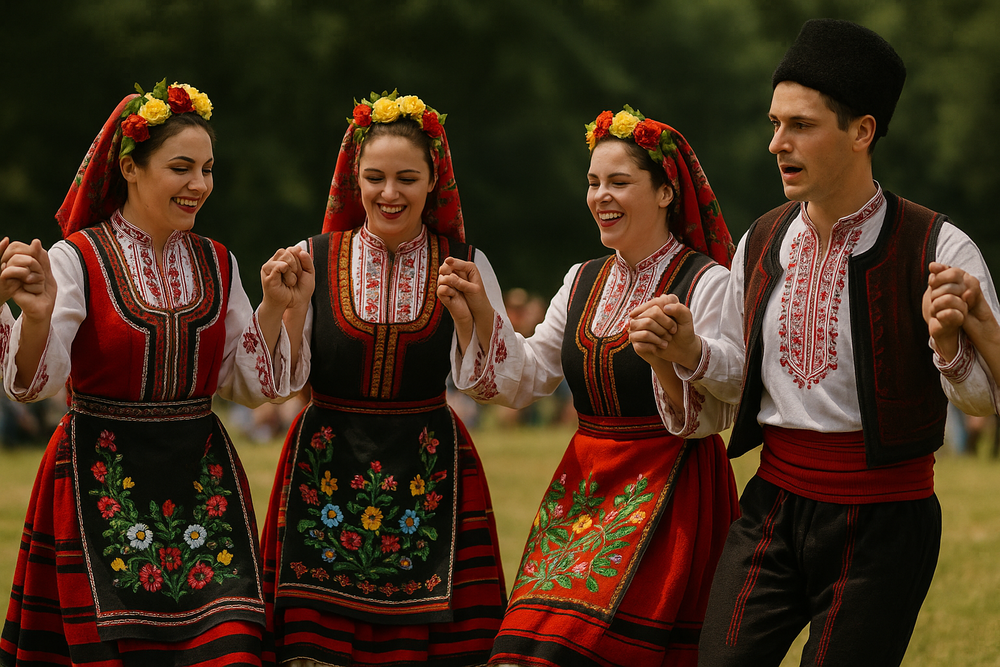
Dancing in Color: The Beauty of Bulgarian Folk Costumes and Dances
There’s something timeless in the swirl of embroidered skirts, the stamp of rhythmic feet, and the sound of gaidas (bagpipes) echoing through a mountain valley. Bulgarian folk traditions are more than cultural artifacts — they are living expressions of identity, joy, and community, brought vividly to life through costumes and dance.
Threads of Tradition: A Tapestry of Regional Identity
Bulgarian folk costumes (known as “nosiya”) are among the most colorful and richly detailed in Europe. Worn during festivals, weddings, and dance performances, each costume tells a story — not just of heritage, but of geography, social status, and symbolism.
From the snowy peaks of Pirin to the rolling hills of the Danube Plain, regional variations in embroidery, patterns, and color palettes flourish. In Shopluk (western Bulgaria), costumes are strikingly simple yet powerful — often black and white with bold red accents, echoing the region’s no-nonsense spirit. Rhodope women, by contrast, wear dark, earth-toned garments, richly layered and heavy with symbolism, reflecting the mountain’s solemn beauty.
The Sevlievo region is known for elaborate aprons with bright floral motifs, while in Dobrudzha, costumes showcase bold horizontal stripes and intricate beadwork. The predominant colors — red, white, green, and black — mirror the Bulgarian flag and stand for life, purity, freedom, and the soil.
Each stitch in the embroidery — whether cross-stitch, satin stitch, or chain — carries meaning. Protective motifs, like the “elbetitsa” (a cross-shaped star symbol), or geometric patterns resembling vines and wheat, are often sewn by hand, passed down through generations of women.
Dancing in Circles: The Joy of the Horo
If costumes are the visual soul of Bulgarian folklore, then dance is its heartbeat. Nowhere is this more evident than in the horo — the quintessential circle dance performed at nearly every gathering, from town fairs to family weddings.
The horo is communal and inclusive — no partners required, no training necessary. People simply link hands, form a circle or chain, and move to the rhythm. Yet behind its simplicity lies great variety. Over 200 regional horo styles exist, ranging from the fast-paced Pravo horo in northern Bulgaria to the elegant, gliding steps of the Daichovo horo.
The rhythm is often set by traditional instruments like the gaida, kaval (wooden flute), tupan (drum), and gadulka (string instrument), creating a mesmerizing tempo that brings generations together in shared movement.
More Than Performance: A Cultural Celebration
To witness a Bulgarian folklore show is to feel the soul of a nation. The vibrant swirl of color, rhythm, and song is not just performance — it’s a living celebration of community, continuity, and cultural pride. During festivals like Rozhen, Koprivshtitsa, or Nestinari fire dances, folk groups from across the country showcase their regional identities, dancing not for the stage, but for the heart.
In a world of rapid change, Bulgarian folk costumes and dances stand as symbols of resilience and belonging — a reminder that in every stitch and step lies the story of a people who continue to dance in color.
